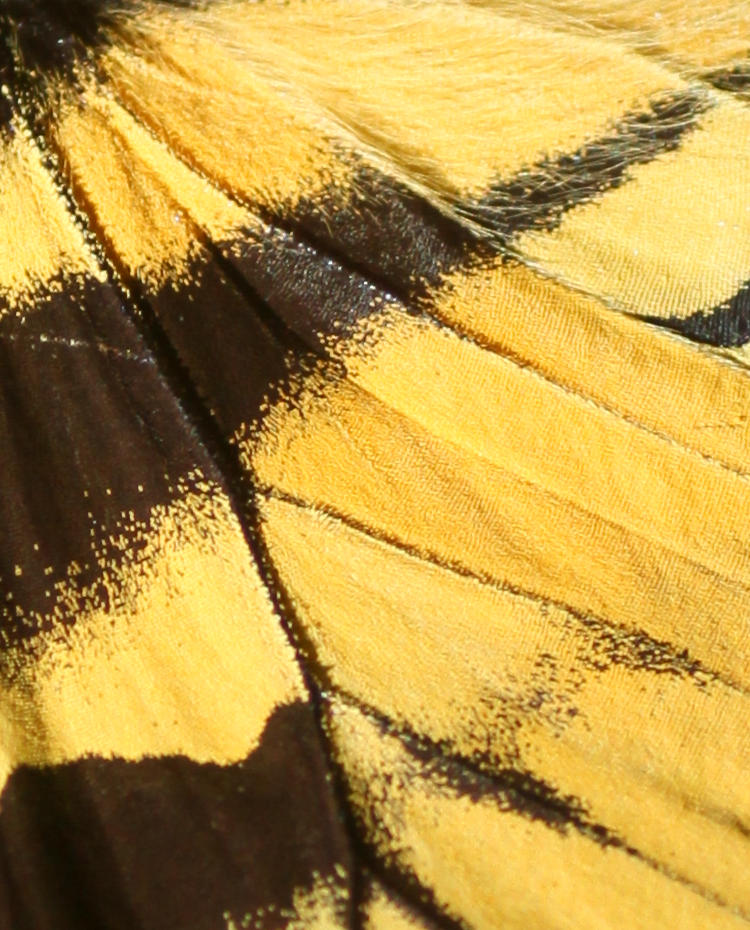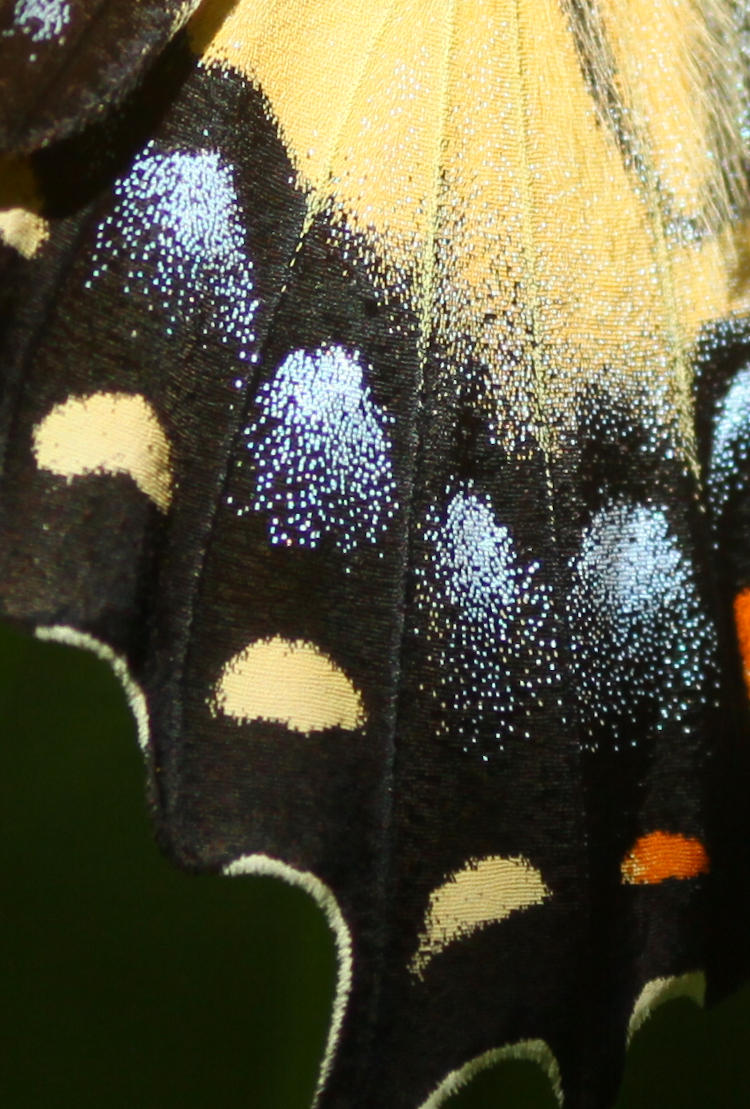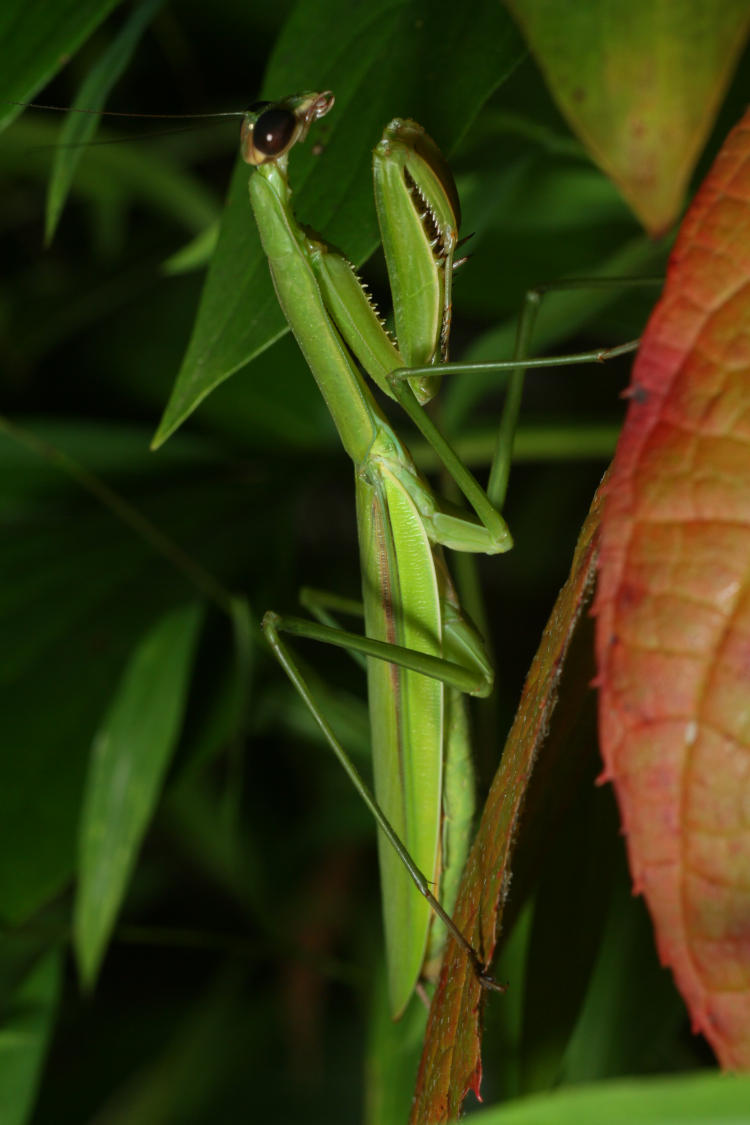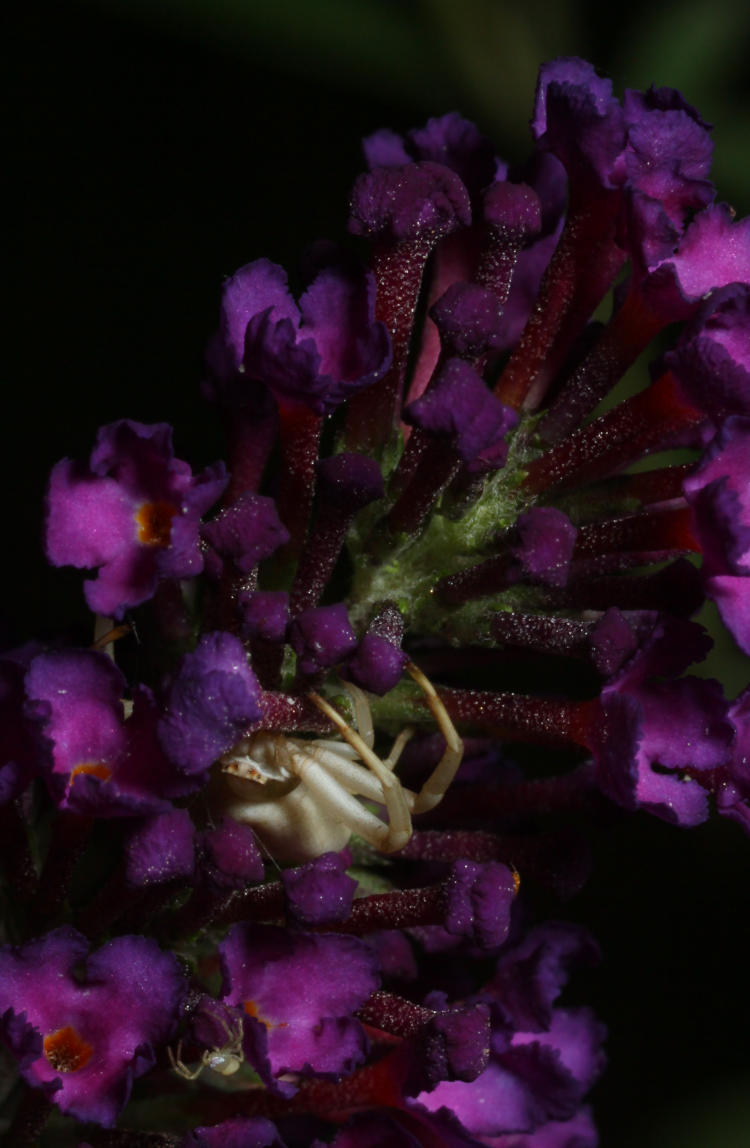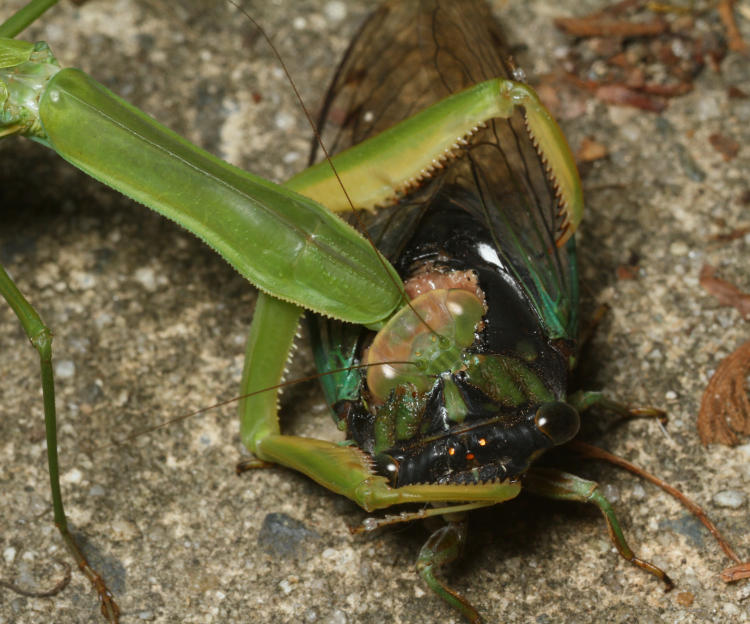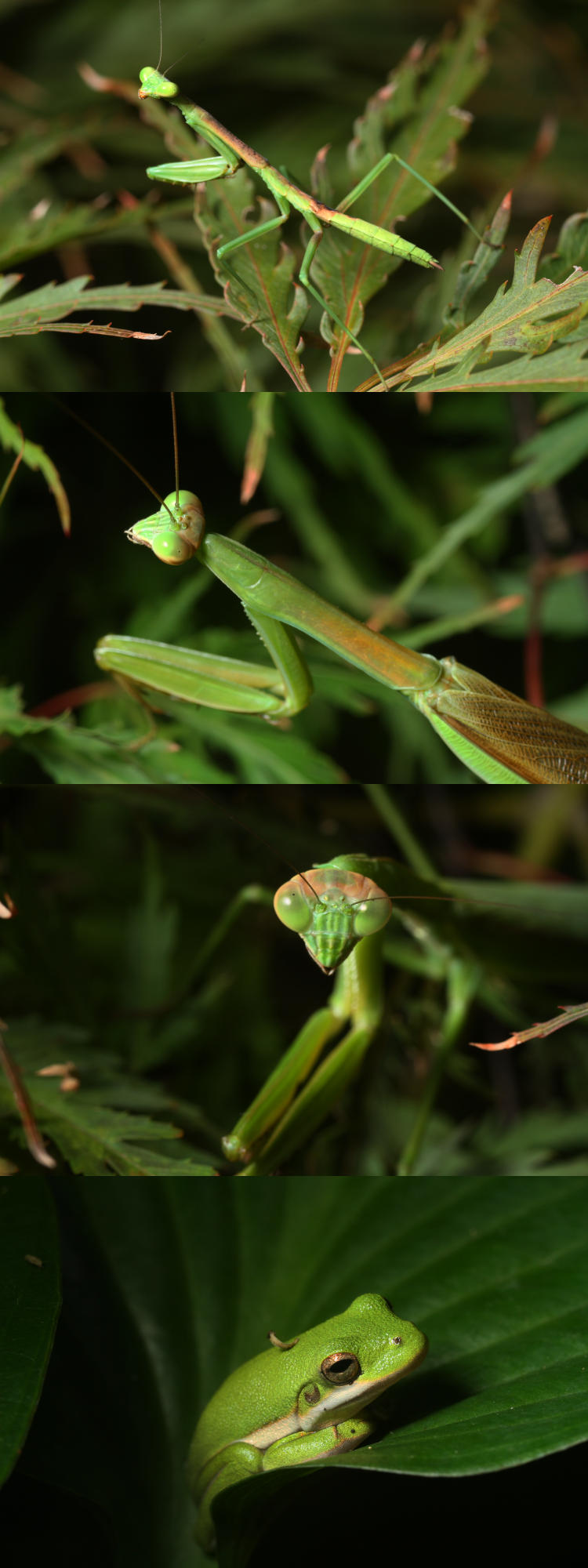It’s been a while since the last installment, but then again, I never intended to be on any kind of schedule with this. Today we’re going to hear from a singer with a lot of musical background, having been in several different bands over the years (including the wonderfully named Dumpstaphunk,) but the two songs that I’m featuring here were from his solo career, peeking into the Billboard Top 40 in the late eighties (yes, the eighties, you should be used to this by now) but then fading away again, so a lot of people haven’t heard them. I’m talking about Ivan Neville, who is indeed related to the Neville Brothers and the son of Aaron Neville, possessing a soulful gravelly voice that he uses to great effect.
We’re going to do these in the reverse order that I first heard them, and start out with the more soulful one. This appeared in the soundtrack to Skin Deep, a Blake Edwards film starring John Ritter, which definitely has its moments (though I think Ritter was in better form in Noises Off, but that’s not the topic of our post today.) As might be imagined, this falls at the bridge between the second and third act and illustrates the protagonist’s self-realization. Bonnie Raitt provides the backing vocals as a lovely counterpoint to Neville’s key. One of the more curious things about this song is that it has no distinct melody, or riff or main chords or however you want to define it; no one could sit down with a guitar or keyboard and pick out the melody in any recognizable way. Maybe with a drum kit, though – it’s refreshing to hear the drums carry so much of the song without seeming to, certainly not a driving beat, but playing the part that is often up to the keyboards. Otherwise, countless instruments come in throughout to do their part but never establish dominance or a ‘lead,’ a very egalitarian song that plays nicely on the ears.
Falling Out of Love – Ivan Neville
The next one was also featured on a film soundtrack, this time in My Stepmother is an Alien, so of course, everyone knows this one. It’s easy to hear how related these both are, at least at first, and I wouldn’t be at all surprised if it was originally written as soulful as the first, and then someone said, “Hey, what if we punched it up a bit? It’s the eighties; we need a saxophone solo, and someone in the background hitting three different cardboard tubes.” It also makes me realize how many of the songs that I like feature a wide blend of sounds and riffs, little fills and stings, lots of cameo instruments stepping in for a handful of notes just to get their names on the credits. Yet it’s all blended extremely well; the people manning the studio mixing boards don’t get near enough credit, so pay attention to how many little bits contribute to the overall sound.
Not Just Another Girl – Ivan Neville
I’d like to say these songs introduced me to a whole undiscovered trove of his music – which they did, but nothing that I’ve found hits me the same way, just being in a style that doesn’t resonate as well. You may feel differently, and I always urge people to check it out for themselves; I don’t feature music here to showcase ‘the best,’ or particular examples of excellent musicianship, but to highlight little gems that I like, that perhaps someone else will as well. I mean, we already know about my tastes in photography, so this is to show that my tastes in music aren’t as warped/are just as warped/are even more warped (circle one.)




















































